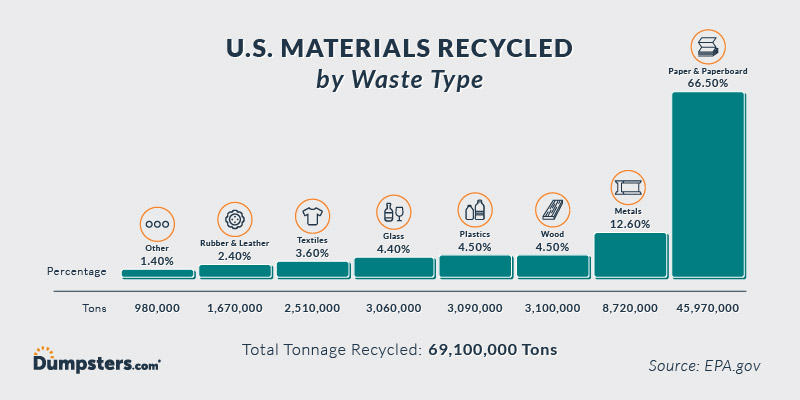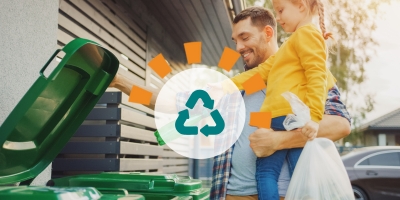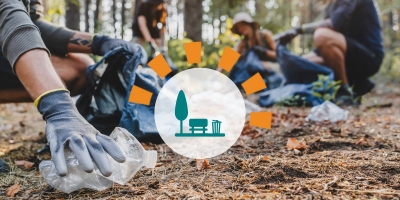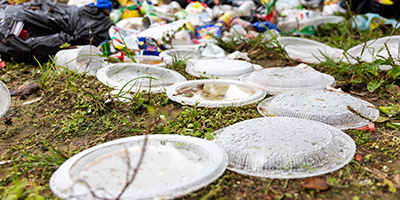All the U.S. Recycling Facts You Need to Know
While the recycling rate in the U.S. has dropped, the total tonnage is at an all-time high.
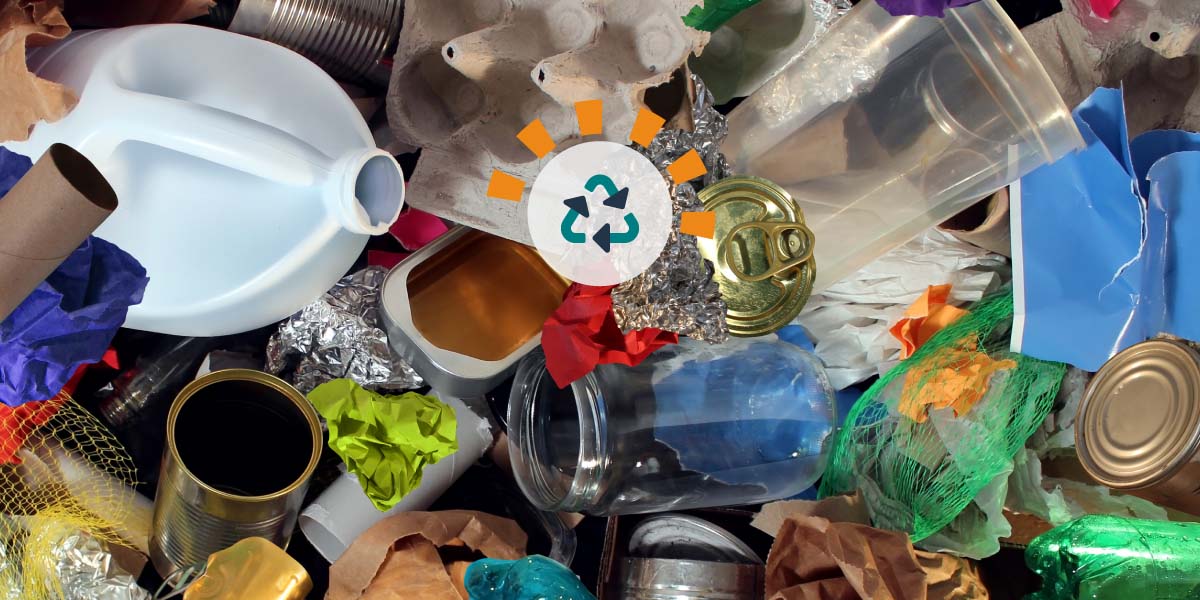
Recycling in the U.S.: How Much Trash Do Americans Save From the Landfill?
It’s no secret that the United States produces a lot of trash. However, where exactly does the U.S. stand on recycling? The answer is a mixed bag. In short, Americans are generally increasing their recycling percentages. However, the U.S. does not crack the top-20 list of recycling rates worldwide.
What’s the Current State of the U.S. Recycling Rate?
According to the EPA, in 2018 the United States produced 292.4 million tons of waste. Of that, Americans recycled or composted 93.9 million tons for a nationwide recycling rate of 32.1%. While that number had been increasing for the last decade, it actually indicates a decrease from 2017, when the recycling rate was 35%. The drop, though, is due to a marked increase in waste production, as the U.S. recycled 94 million tons in 2017, a negligible difference from year to year.
What Materials Are Recycled Most in America?
Here's how the 69.1 million tons of recycled materials* breaks down by material type:
- Paper & Paperboard: 45,970,000 tons (66.5%)
- Metals: 8,720,000 tons (12.6%)
- Wood: 3,100,000 tons (4.5%)
- Plastics: 3,090,000 tons (4.5%)
- Glass: 3,060,000 tons (4.4%)
- Textiles: 2,510,000 tons (3.6%)
- Rubber & Leather: 1,670,000 tons (2.4%)
- Other: 980,000 tons (1.4%)
*Statistics are compiled from the 2018 EPA report.
How Much Does the U.S. Recycle Compared to Other Countries?
The U.S. ranks quite low when compared to the rest of the world in recycling percentage. Of the major countries that track recycling data, the United States is ranked number 25 out of 32. This ranking is determined by the total amount of waste each country recycles. For perspective, Slovenia ranks first at 72%, while Costa Rica is 32nd at 7%.
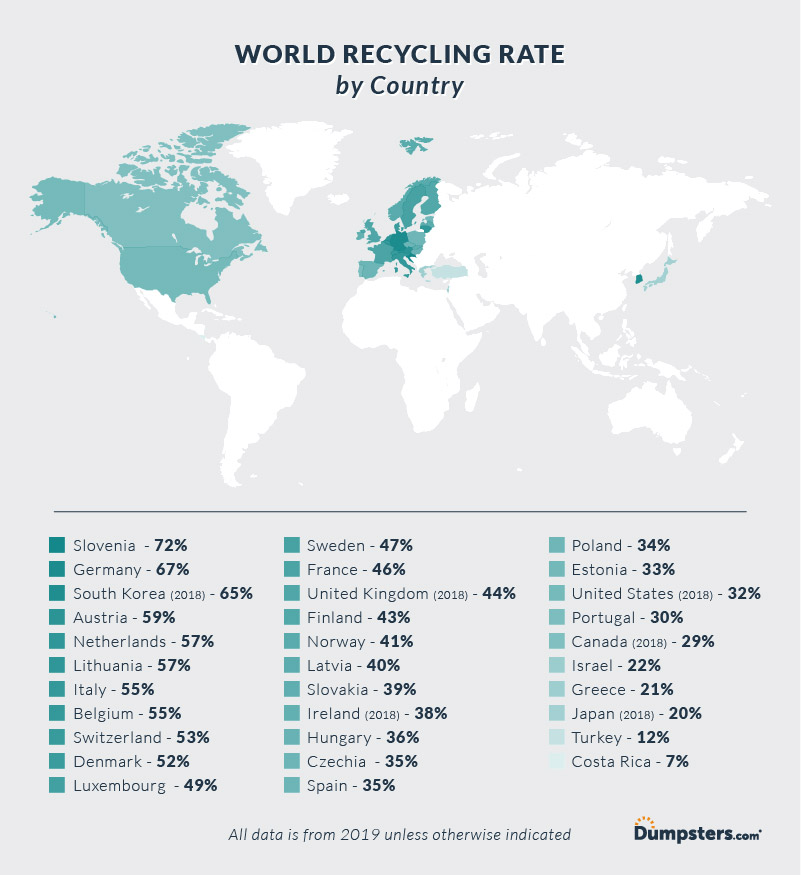
As noted, most countries last reported recycling statistics in 2019, but the United States — along with South Korea, the United Kingdom, Ireland, Canada and Japan — has not reported data since 2018.
Has the U.S. Recycling Rate Gotten Better Over the Years?
While some may like to see an improvement to the United States recycling rate, it is exponentially better from when the EPA started tracking recycling data in 1960. Then, just 5.6 million tons were recycled — or 6.4% of all waste. That means that since the U.S. started tracking recycling data, the American recycling rate has increased 1,576.8%.
The biggest period of increase occurred from 1985-1995, when recycling rates increased from 10.1% to 25.7%. The percent continued to rise, reaching 34% in 2010. However, the growth curve flattened out over the last decade, peaking at 35% in 2017 before dropping three percent in 2018.
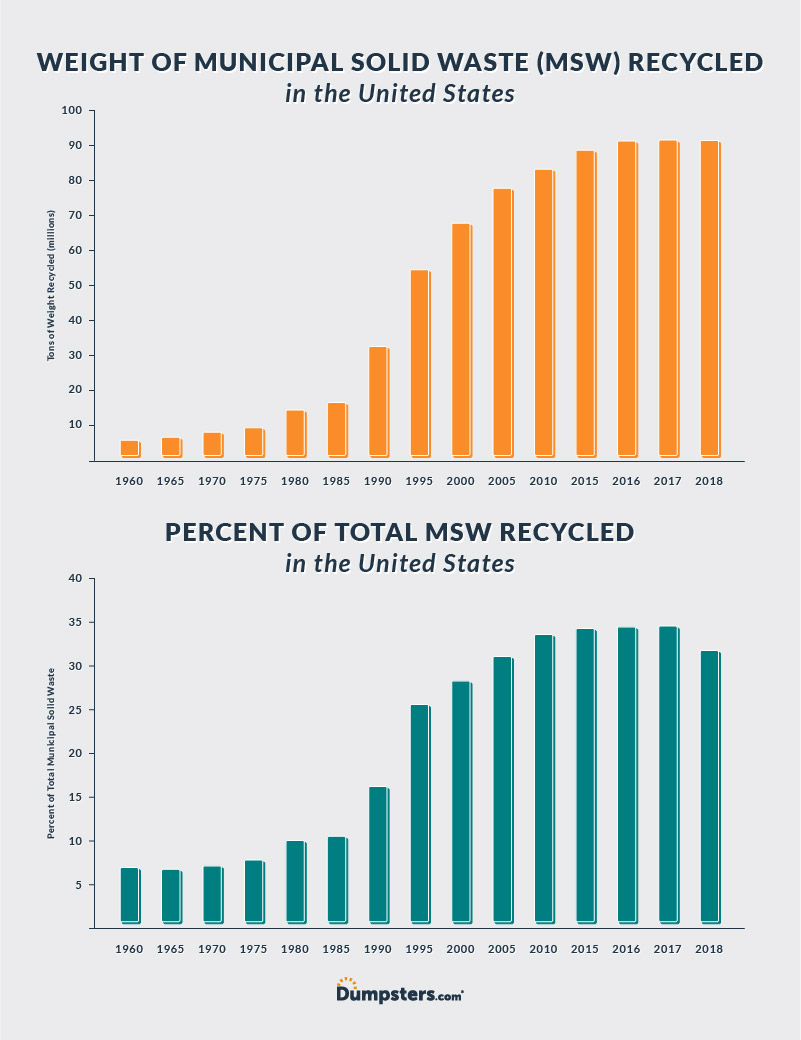
More U.S. Recycling Frequently Asked Questions
There are 27 states, as well as Washington D.C., that have at least one mandatory recycling requirement in place. These laws range from requiring a percentage of materials be recycled to stating that certain materials must be recycled or a fine may be issued.
As of 2018, the United States recycled 93.9 million tons — or 32.1% of its total waste, with paper/paperboard and metals accounting for 79.1% of the recycled materials.
Start by researching what type of recycling options your local government offers. From there, you can start building a plan for the waste you toss from your home most often. Check out our recycling information guide for tips and common recycling rules.
How Can You Make an Impact on U.S. Recycling Rates?
It’s clear the United States has come a long way since the EPA started tracking recycling statistics. However, Americans are at a crossroads. The recent stagnation can lead to a new recycling boom or complacency. How does your personal recycling rate compare to the U.S. percentage? Are you ready to make some adjustments to keep the recycling rate climbing? Remember, any chance, no matter how small, can make a difference over the course of time.
What Do You Think?
What do you think of the U.S. recycling rate? We're listening. Head over to Twitter or Facebook,
and use #dumpstersblog to join the conversation.

